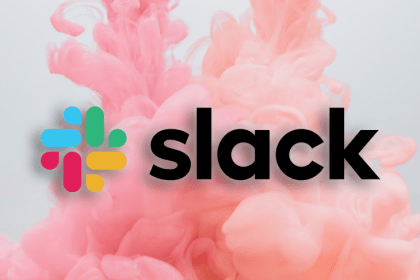
Learn how to integrate Firebase Authentication with your Flutter app with this demonstration of building an email-password login process.

In this tutorial, we’ll discuss SQL.js, a JavaScript SQL library with which you can create and query relational databases entirely in your browser.

useState vs. useRef: Similarities, differences, and use casesLearn the similarities and differences between the useState and useRef Hooks in React, as illustrated demos and use cases.

Learn how to create a project with Docker and Laravel Sail with this tutorial that includes useful commands to know before getting started.

React projects can quickly become a mess. Here, you can learn how to use a multi-layered structure to optimize React apps.

Learn how to use Bulma, an open source CSS framework, within React for easy styling without the need for JavaScript.

Learn how to build a payment interface in React Native by interlinking web and native technologies using the PayPal SDK for JavaScript.

Follow this step-by-step tutorial to build a basic, cross-platform mobile snake game with React Native using React Native Game Engine.

Transpiling your code from PHP 8.0 to 7.1 allows you to use the latest features of the language while reaching the most possible users.

Create a Slackbot that can house a database, respond to commands and mentions, and accept and store new data from users.

Follow along with a tutorial and example build for a cross-platform app using Svelte, Electron, and Reloadly.

Appium is an automated testing tool for native, hybrid, and mobile web applications, Learn how to test React Native mobile apps with it here.